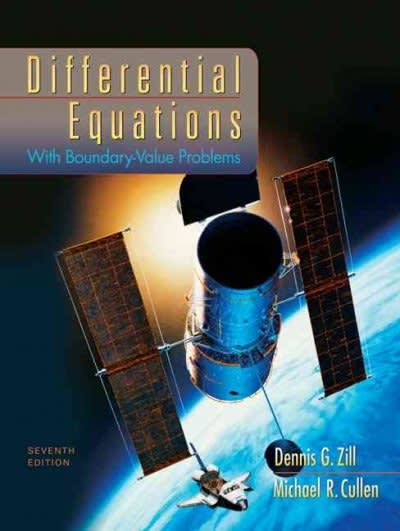Question
(SPSS-prob set-Q1) please answer completely. Note:Answers for questions A,B,&C are numerical values. Answer for D is either women or men. Answer for E is either:
(SPSS-prob set-Q1) please answer completely. Note:Answers for questions A,B,&C are numerical values. Answer for D is either "women" or "men". Answer for E is either: phi coefficient/spearman correlation/ or point biserial correlation (select the correct option that accurately completed the sentence). The answer for F is either: education/income/or rating(identify the correct answer. Note: G & I are numerical values that will need to be computed. The answer option for question H is: make more money/ make less money/ are female/ are less likely to watch the new show.

Step by Step Solution
There are 3 Steps involved in it
Step: 1

Get Instant Access to Expert-Tailored Solutions
See step-by-step solutions with expert insights and AI powered tools for academic success
Step: 2

Step: 3

Ace Your Homework with AI
Get the answers you need in no time with our AI-driven, step-by-step assistance
Get Started


